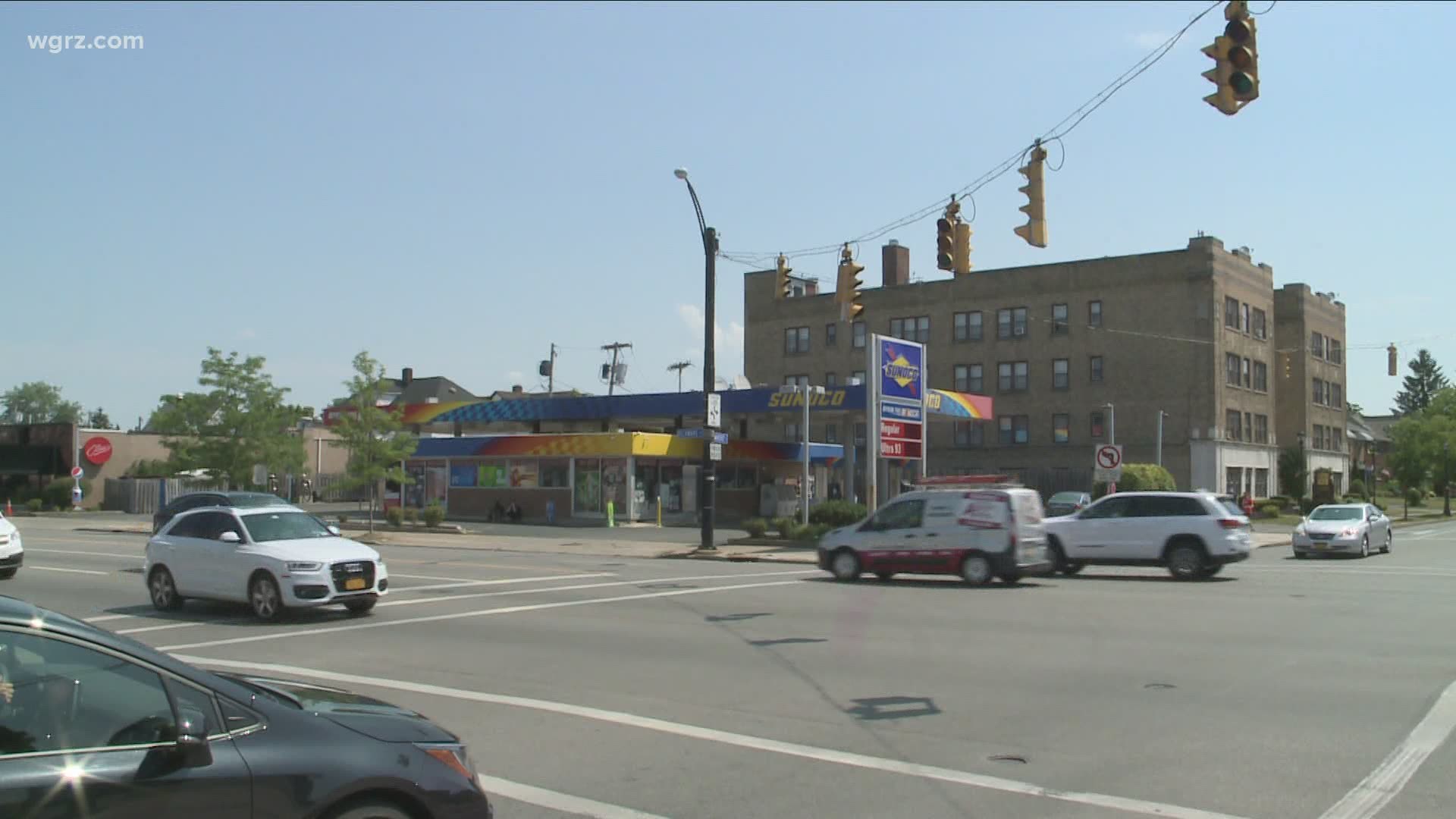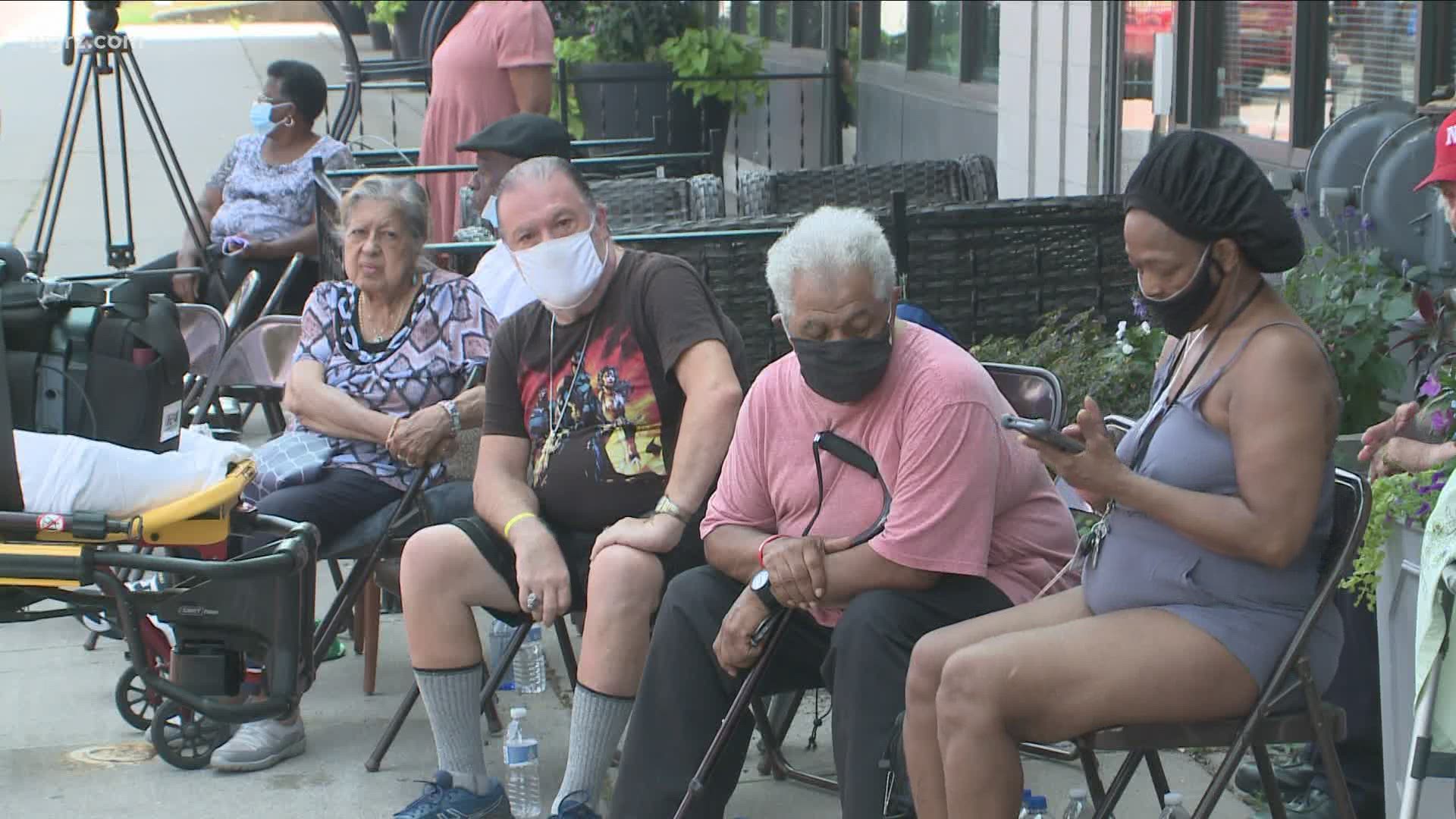BUFFALO, N.Y. — Power has been restored to thousands of National Grid customers who were in the dark and without air conditioning on Friday — one of the hottest days of the year.
A spokesperson for National Grid says power was restored to those customers around 4 a.m. Saturday.
At the height of the outage Friday, more than 11,000 customers were without power due to underground cable issues. Crews worked throughout the night to fix the problem, which was concentrated in North Buffalo along Hertel Avenue east of Elmwood Avenue, according to the company.
However, as of 10 a.m. the National Grid outage map showed that over 1,200 National Grid customers were without power. National Grid says the Saturday power outage is due to a separate issue.
Power in Elmwood Village was restored around 3 p.m., according to National Grid.
“Our crews are focused on restoring service as quickly and safely as possible,” said Ken Kujawa, National Grid’s western New York regional executive. “We know there is never a good time to lose power, especially in the midst of a heatwave, and we understand this can create a hardship.”
About 20 senior citizens had to be evacuated Friday from the Hertel Park Senior Apartments in the 1600 block of Hertel Avenue because of the loss of power and buildup of heat in apartments of the three story building. There is no backup generator.
Buffalo Fire Department and AMR paramedics assisted them and they are all said to be OK. National Grid says power has since been restored to that building so they can return to their apartments.
To see the full list of outages and restoration times, click here.
National Grid offers tips on how to reduce electricity burden on the system:
Tips to Reduce Demand on the Electricity System
• During daylight hours, draw blinds, shades, drapes to prevent the sun from making your home too hot.
• Control your home’s temperature with a smart thermostat – Whether you’re on vacation or on the go, a Wi-Fi enabled thermostat allows you to control your home’s temperature from your smartphone, tablet, or laptop. Customers can use the technology to preset and adjust temperatures remotely, which could help lower energy bills by up to $180 a year.
• Slightly increase air conditioner settings, change filters – The lower you set your air conditioner temperatures, the more costly it is to operate. For example, a 75-degree setting will cost about 18 percent more than a 78 degree setting. Be sure to choose a temperature
that doesn’t compromise your comfort. Also, check your window air conditioner filter and replace or clean it if it is clogged. If your home has central air conditioning, check the furnace filter and replace it if it’s dirty.
• Temporarily turn off your pool pump – Pool pumps are one of the largest consumers of household energy—second only to the air conditioning unit.
• Use oscillating fans, which consume less energy than air conditioners.
• Delay the use of hot water appliances like dishwashers and washing machines.
• Turn off lights when they are not needed.
Unplug electronics to reduce phantom load – Phantom load refers to the way electricity is drawn from electronic and electric devices when they are turned off. An advanced power strip on your entertainment system can turn off power to peripheral devices, reducing phantom load all year long, and saving up to $60 annually.


